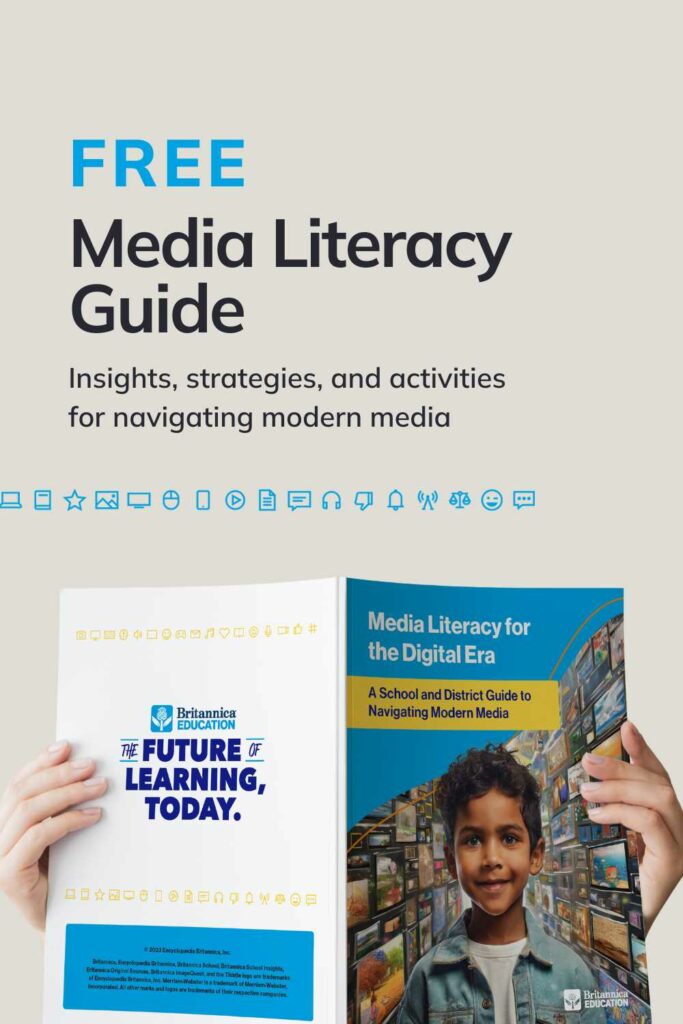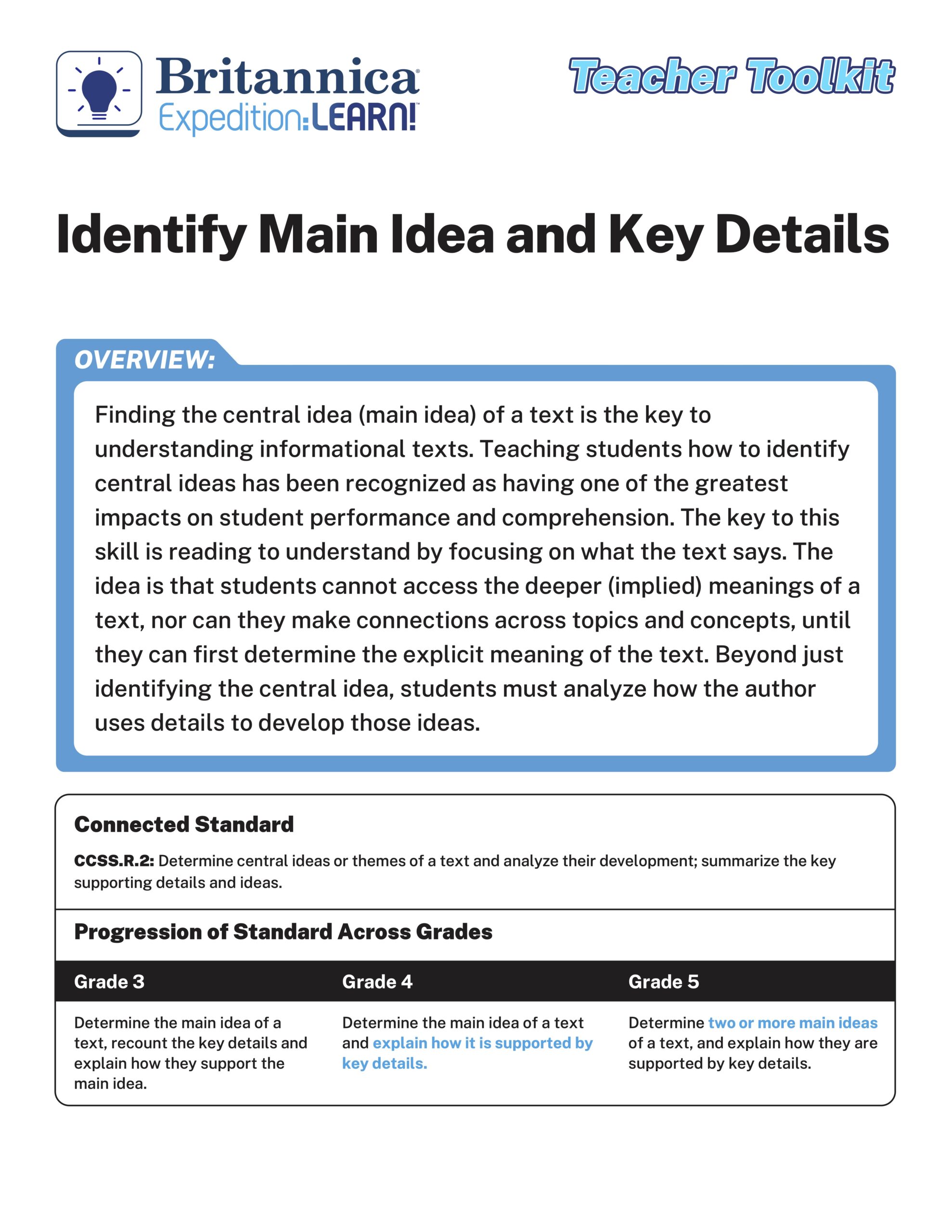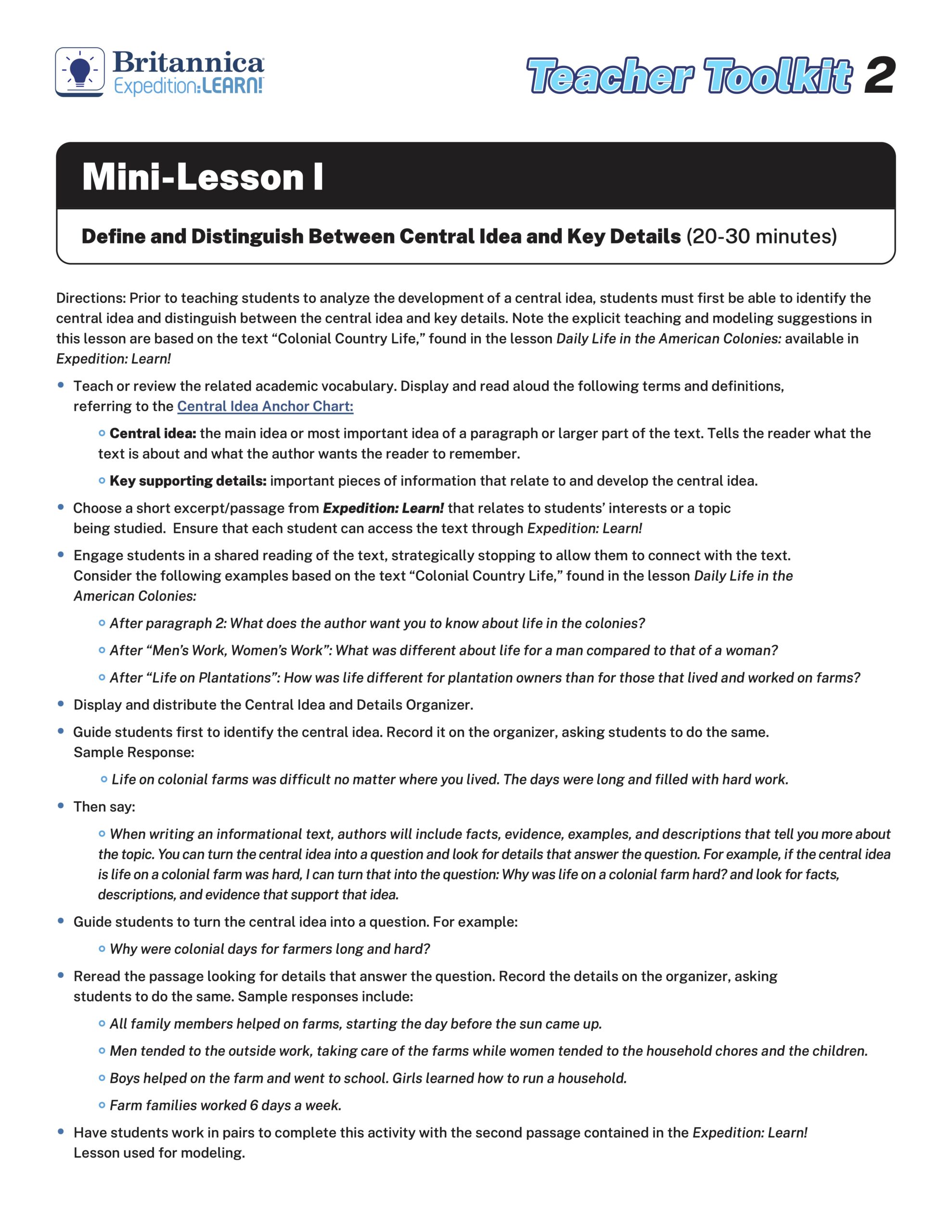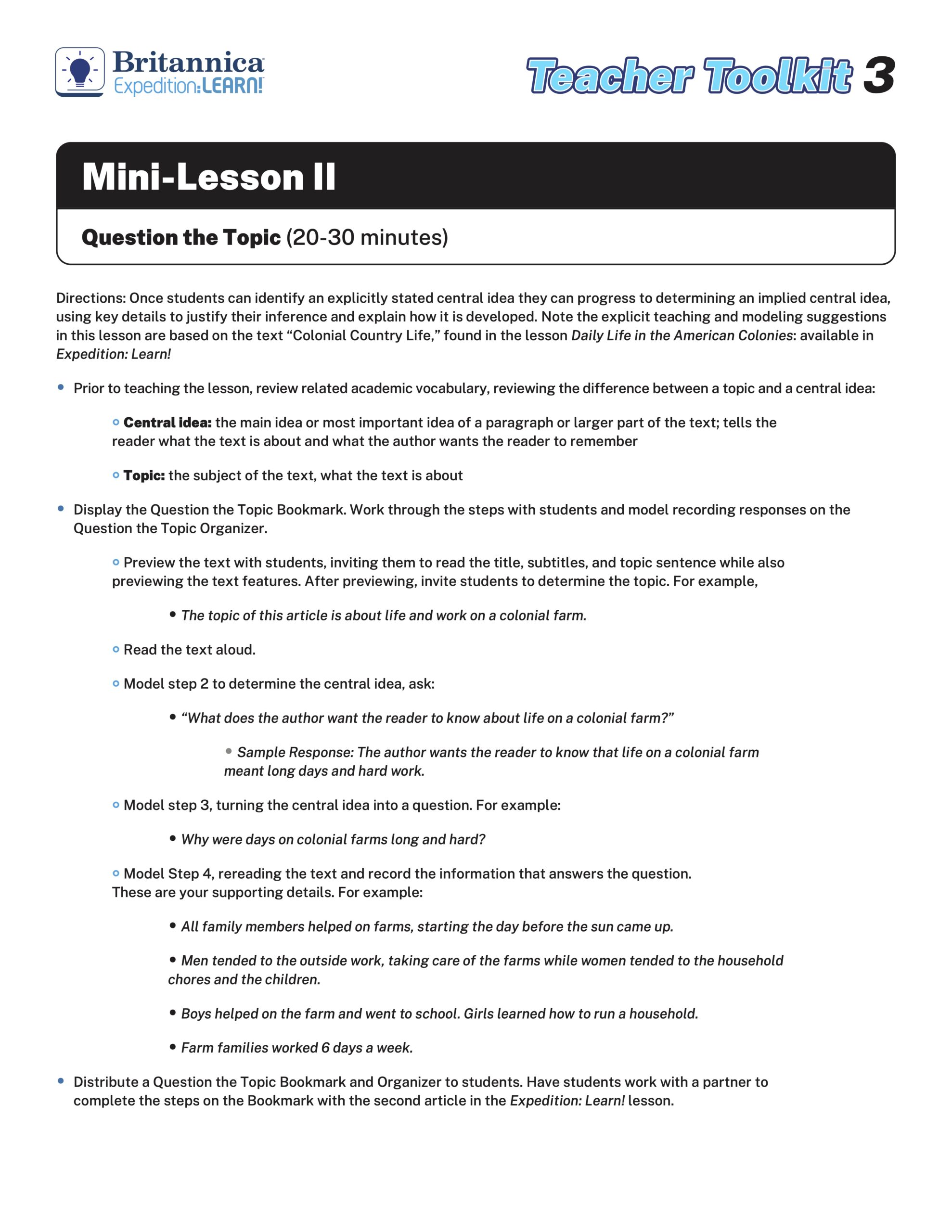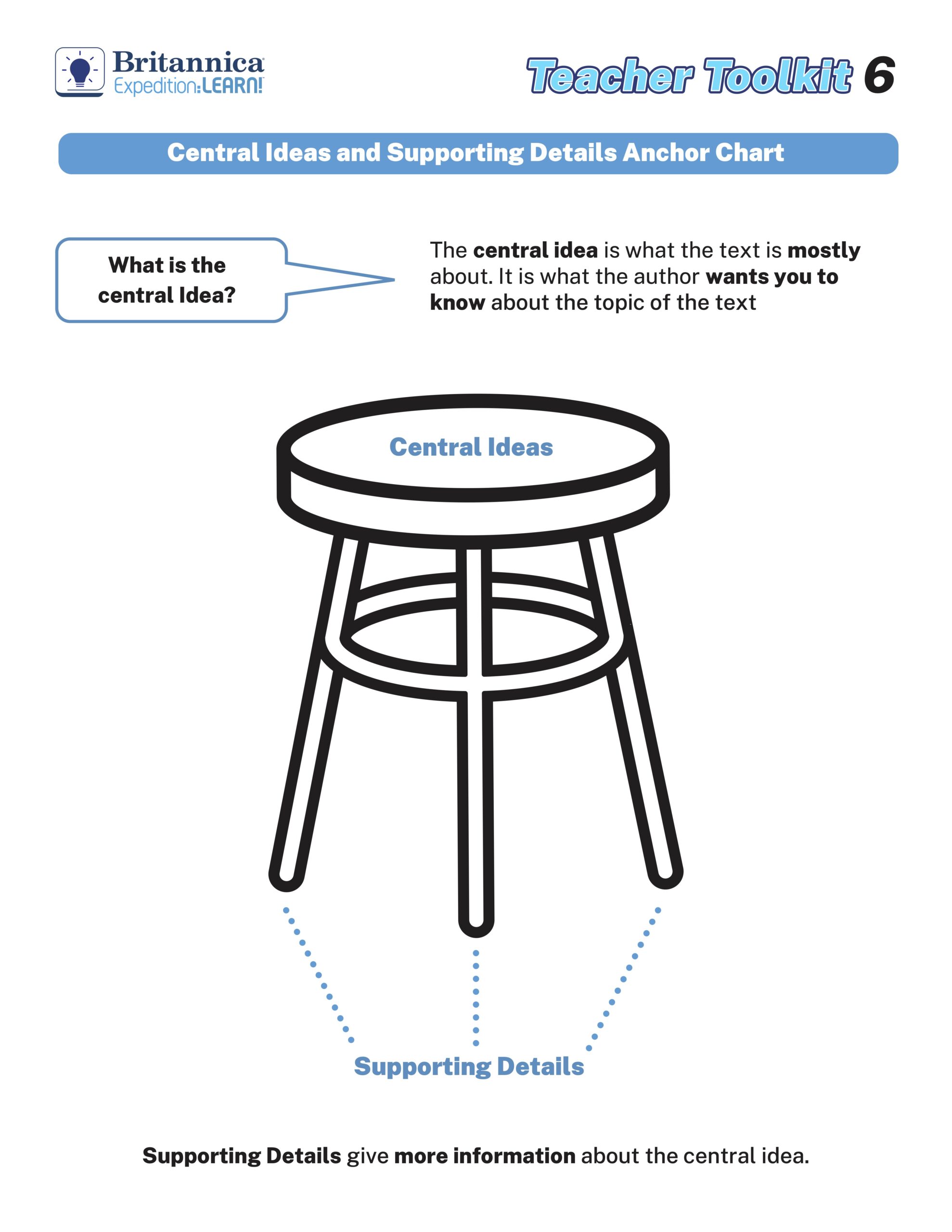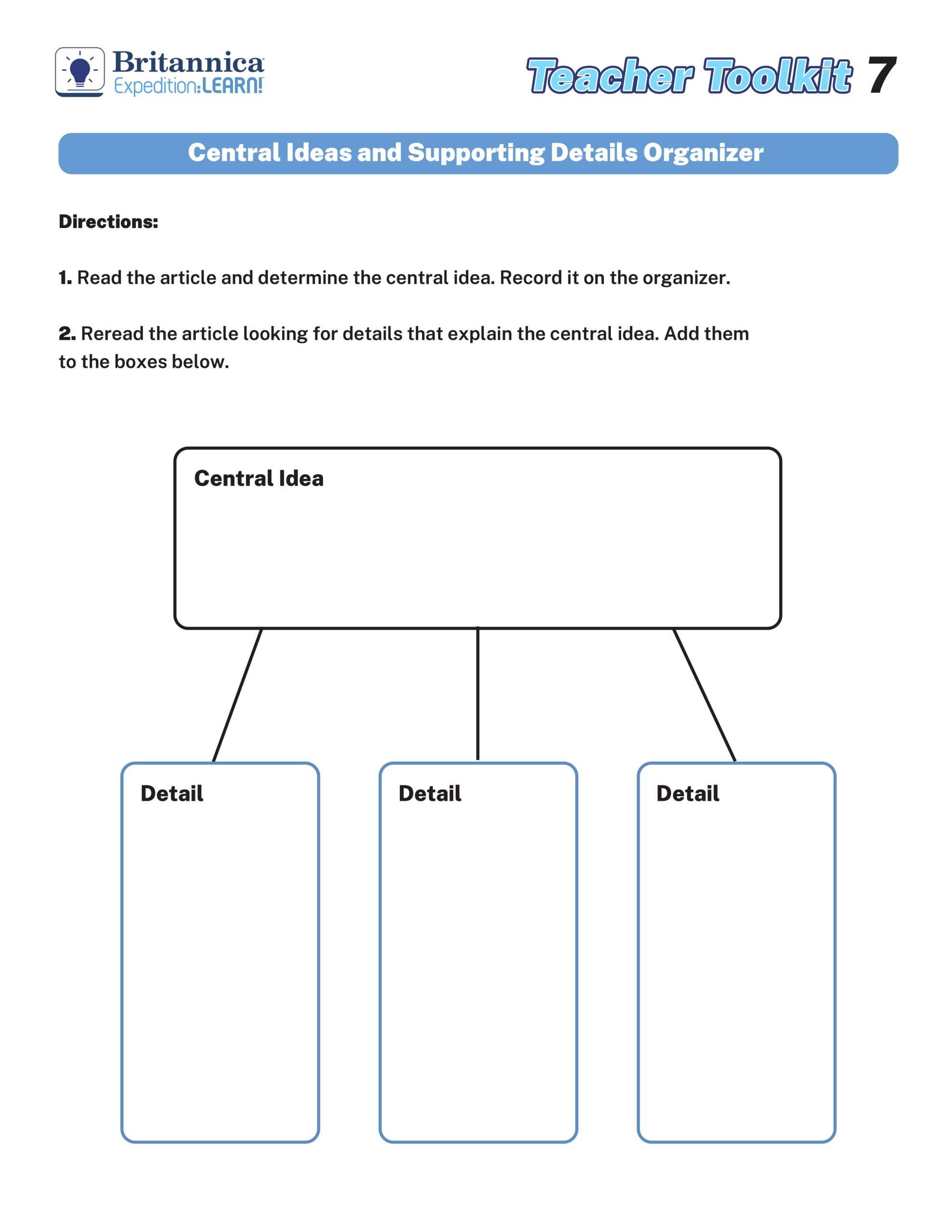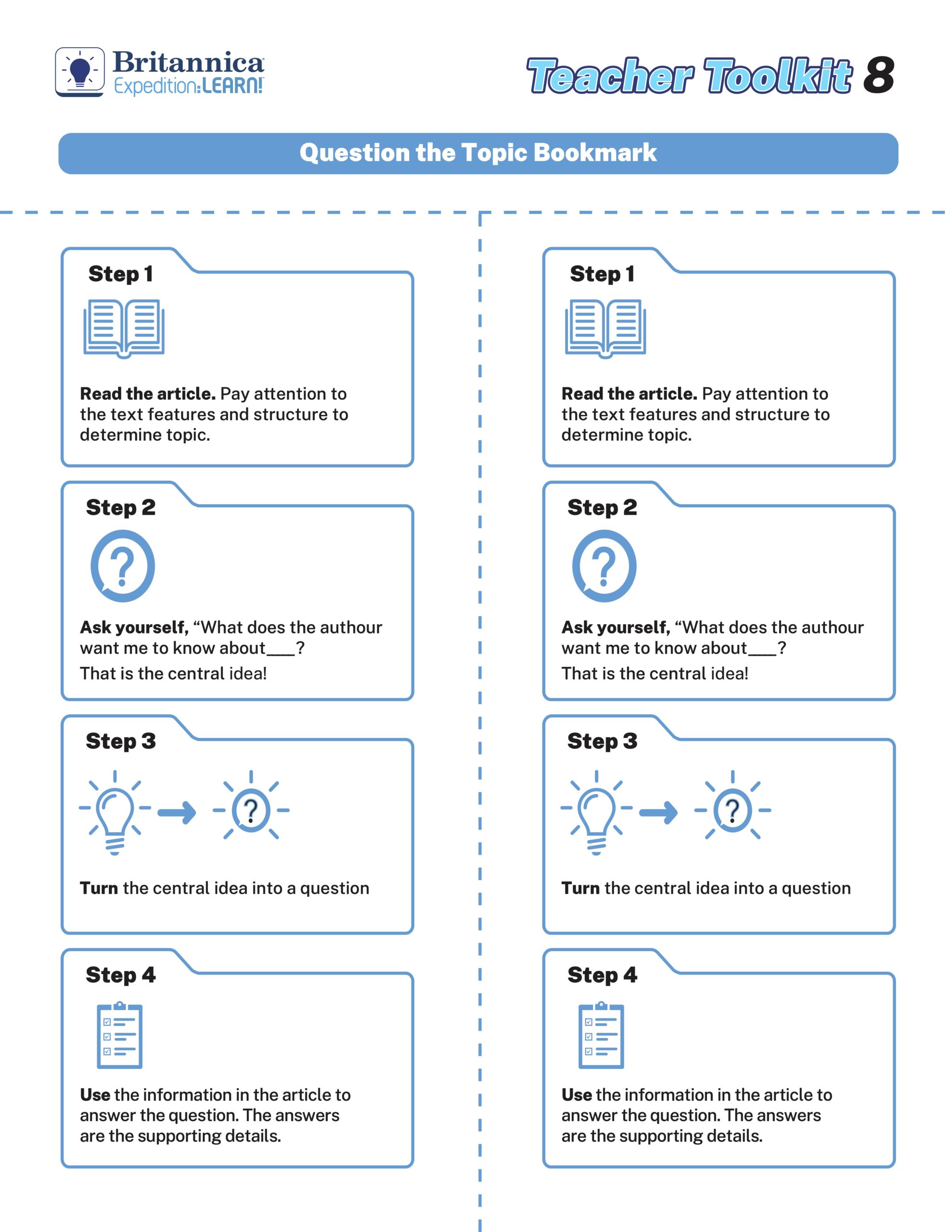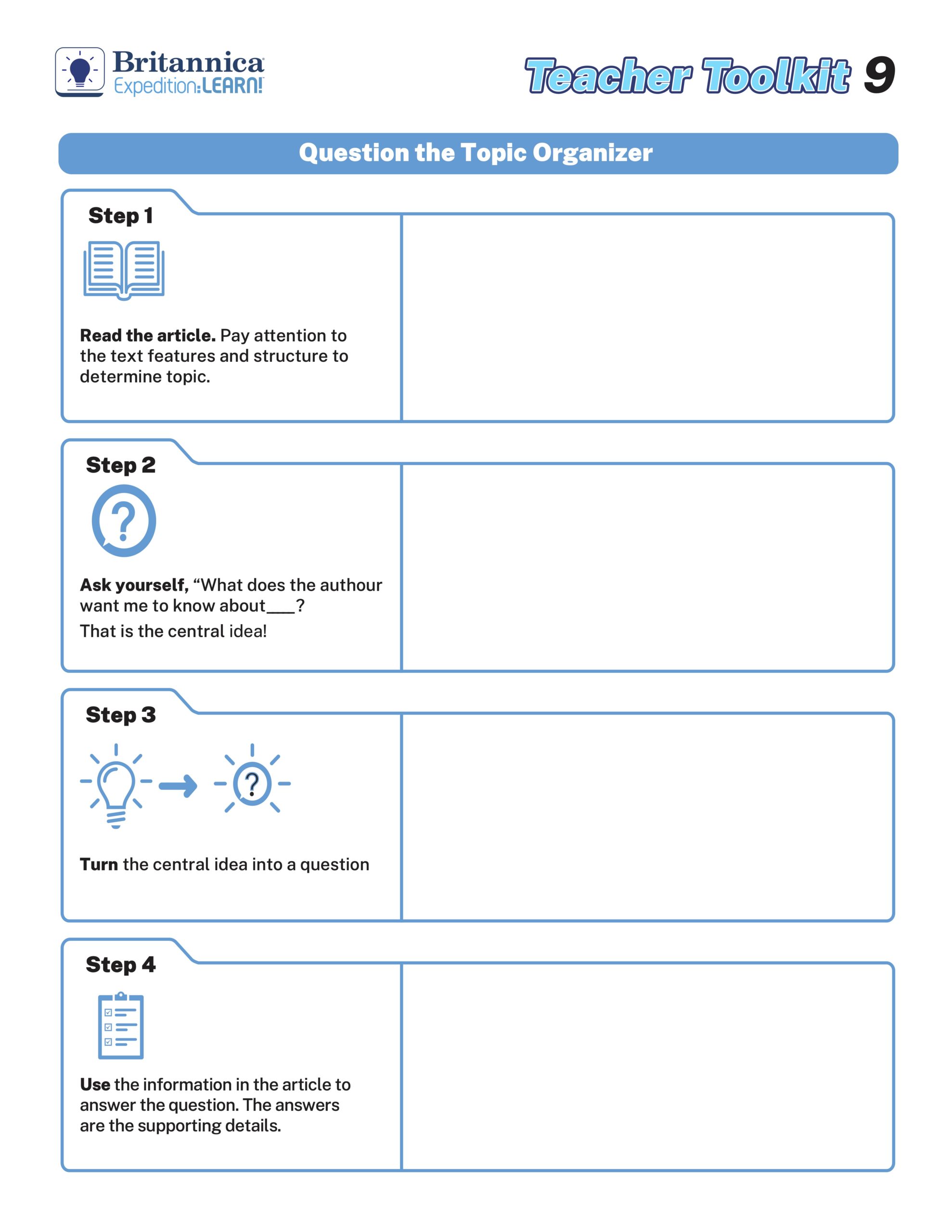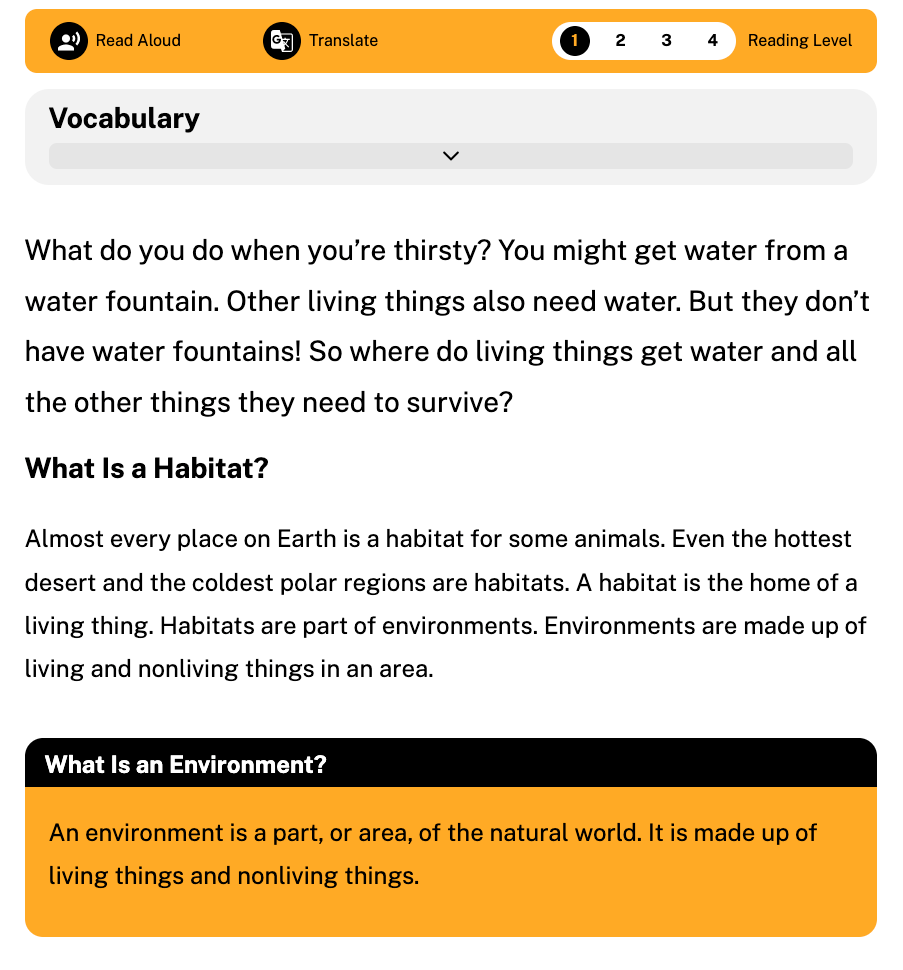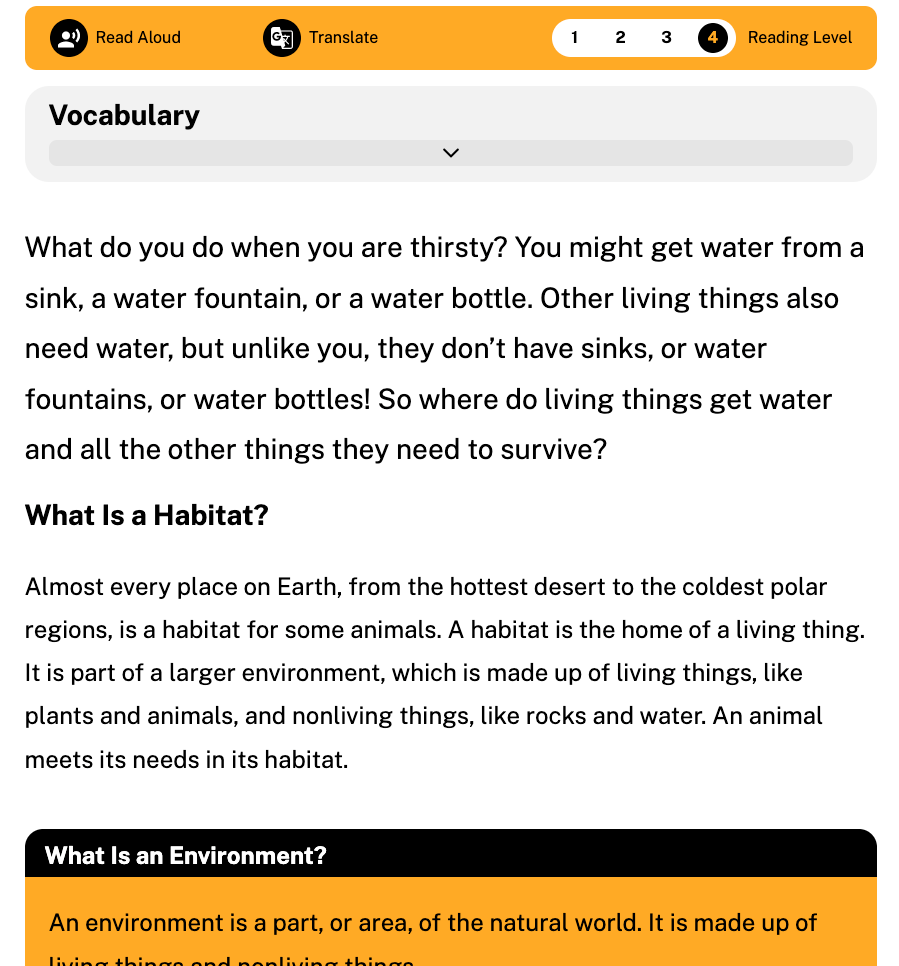Step Into the Shoes of a Young Explorer
In the dynamic world of early elementary education, blending creativity with foundational learning is key. That’s where Britannica School: Early Elementary comes in. Complete with a wide range of daily lessons, age-appropriate activities, reliable resources, and a user-friendly interface designed for young learners, this curriculum-aligned platform is designed to ignite young minds and help make teaching the wonderful experience you and your students deserve.
Transform everyday lessons into memorable adventures for both educators and students alike with this sample daily lineup using Britannica School’s innovative learning resources.
Circle Time: Interactive Reading Sparks Imagination

The day begins with circle time around a whiteboard. Introduce new and interesting concepts about animals, colors, shapes, people, and places using Britannica Fundamentals “Read” path.
As for today’s theme, dive into the riveting land of shapes. Ask students to share shapes they can think of and draw what they share on the white board.

Then, open Britannica School’ Shapes book on your iPad or tablet and have students take turns reading about different kinds of shapes or follow along using the activities’ read-aloud features. Point out new words and invite students to ask questions about any words or ideas they don’t quite understand.
This unique tool is an ideal way to encourage an interest in reading, with intriguing stories, animated images, and age-appropriate learning activities. Even more, the Read path features numerous concepts within each category, giving teachers plenty of options to switch it up each day.

In some parts of the world, colorfully decorated handprints are symbols of good luck. Get together as a class and make your own good luck charms!
Materials:
- Construction paper, foil, or wrapping paper
- Poster board, cardboard, or heavier construction paper
- Glue
- Paint, markers, crayons, sequins, ribbons, etc.
Directions:
- Trace: Show students how to spread their fingers and trace their handprints onto a piece of bright construction paper, aluminum foil, or any kind of colorful wrapping paper.
- Glue: Cut out the handprint and carefully glue it onto a solid-colored piece of heavier paper.
- Decorate: Have students paint their handprints with squiggles, swirls, and figures. Glue on sequins, beads, buttons, sparkly bits of ribbon, glitter glue, etc. Remind them to use their imagination to bring their good luck hand to life.
Mid-Morning: Mathematics + Games = Learning Fun
Continue the morning with a math lesson they will love, encouraging your young learners to dive into numbers, sizes, and shapes by solving puzzles and equations with the help of Britannica Fundamentals “Play” path. This interactive tool transforms complex concepts into easy-to-understand visuals to make learning both engaging and effective.
The games are themed around addition, counting, geometry, measurement, and subtraction, and each fosters critical thinking, logic, and creativity. This blend of structured learning and interactive play turns Mathematics into an exciting adventure, setting the tone for a day filled with exploration and discovery.
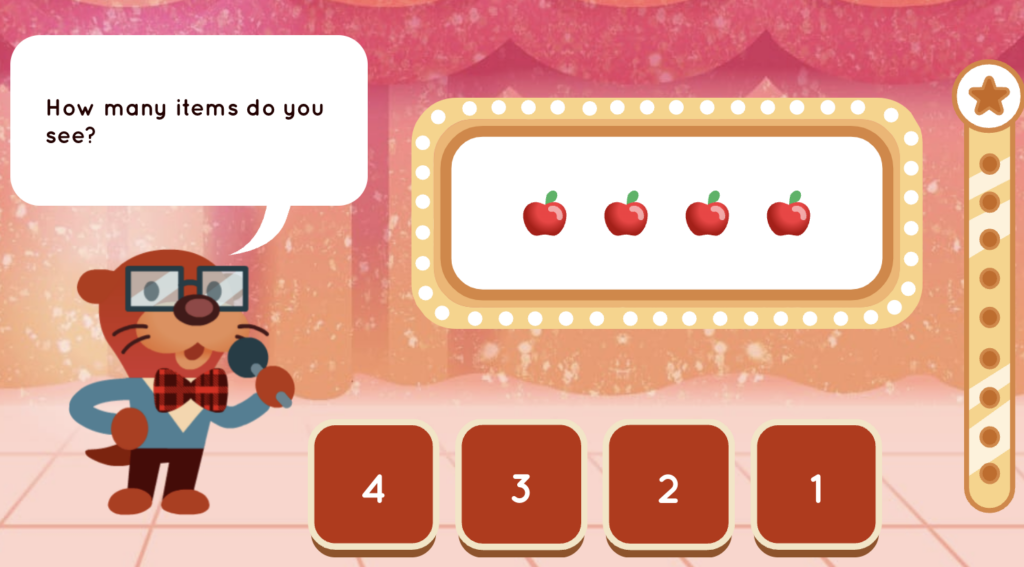
- Practice Makes Perfect: Pick a game that aligns with the day’s theme: Measurements. After reviewing the core concepts of today’s lesson, let their young minds spend a few minutes going through the game, all while you keep a watchful eye on their growing skills.
- Collective Brainstorm: Once they have conquered the size game, brainstorm together as a class about how they perceive and encounter different sizes in their everyday lives. Encourage them to share, relate, and marvel at the world of measurements around them.
- Human Graph: Finally, ask a measurement-related question (e.g., “How many pencils tall are you?”). Have students measure themselves, then stand in a line on one side of the room based on their answer, forming a human graph. This visual representation will help them understand distribution and variation.
Midday: Discover the Wild World of Animals

Before your young learners enjoy their lunch and some invigorating play time, wrap up the morning with one more exciting lesson about animals. Get to know the fascinating world of animal families, habitats, adaptations, and behaviors with Britannica School’s Early Elementary Animal features.
As a class, investigate intriguing animal facts, such as where the armadillo gets its name, how bears prepare for hibernation, and the importance of bats in our world. The platform’s captivating images and videos help young learners visualize each animal as they read articles that deepen their understanding of these incredible creatures.
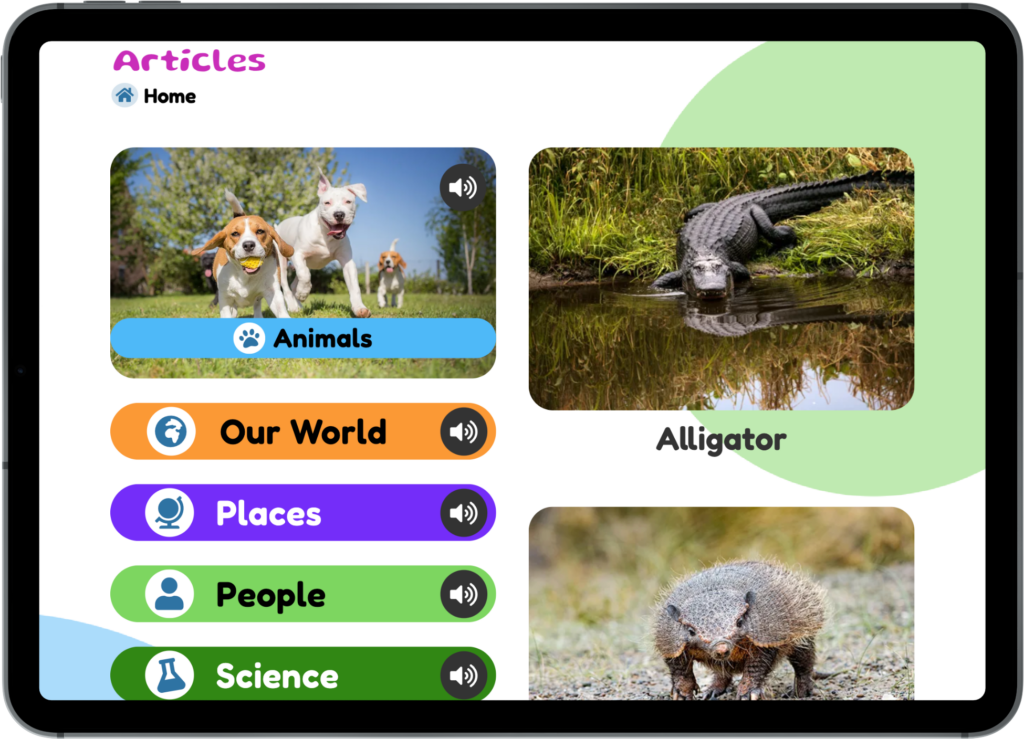
Help students learn about different animals, including their habitats, characteristics, and behaviors, and share their knowledge in a creative way.
Materials:
- Blank “passport” booklets (Create using folded construction paper or cardstock)
- Coloring materials (crayons, colored pencils, markers)
- Printed pictures of various animals, animal flashcards, or animal stickers or stamps
- Glue or tape
- Britannica School Animals (articles and photos)
Directions:
- Introduce Project: Share the concept of a passport and how it’s used when people travel to different countries. Explain to students that they will create their “Animal Passports” to “travel” and learn about different animals from around the world.
- Select Animals: Allow each student to choose an animal they want to learn more about from one of the many animal features on Britannica School.
- Research: Give students a few minutes to research their animal.
- Create Passport: On the first page of their passport, students can draw or glue a picture of their chosen animal. On the following pages, they can:
- Write the animal’s name.
- Draw or describe its habitat.
- List what it eats.
- Share any special characteristics or behaviors.
- Include any fun facts about their animal.
- Passport Stamps: Once they’ve completed their research and filled out their passport, they receive an “Animal Explorer” stamp or sticker on the last page of their passport.
- Share & Learn: Have students present their Animal Passports to the class.
Early Afternoon: Bring Science to Life
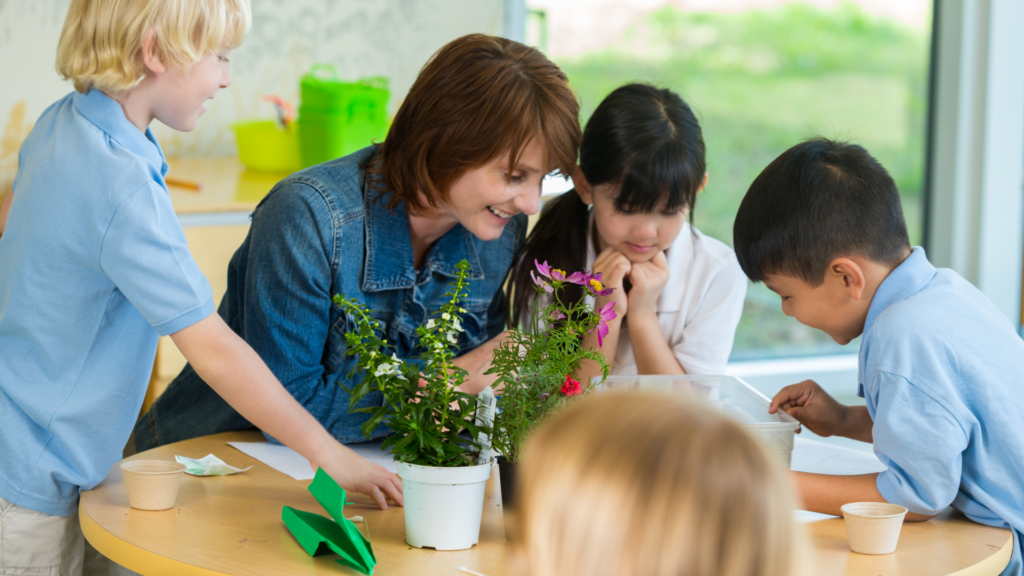
As the students come back from lunch, it’s time for your budding learner to transition to their next unit: Science. Today’s lesson is all about the captivating life cycle of a butterfly, unraveling its unique behaviors and examining its intricate body structure. Or perhaps these warm summer months might inspire an investigation into the wide range of beautiful cactuses and why they grow sharp spines and thrive in hot, dry deserts.
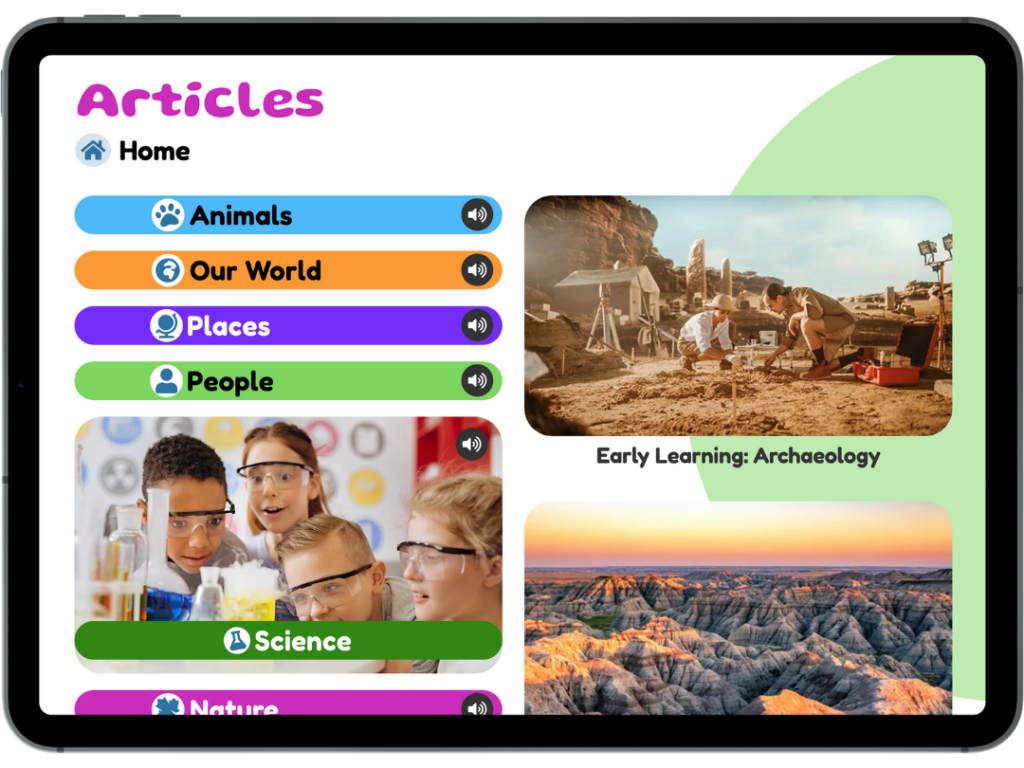
No matter what topics unfold today, students can interact with Britannica School: Early Elementary’s age-appropriate science articles, perfectly crafted for emerging readers, accompanied by natural audio read-aloud capabilities. As they absorb the information, they marvel at the multitude of vibrant butterflies or blooming cactuses right before their eyes. The vivid images and videos bring the lesson to life, sparking curiosity and wonder.
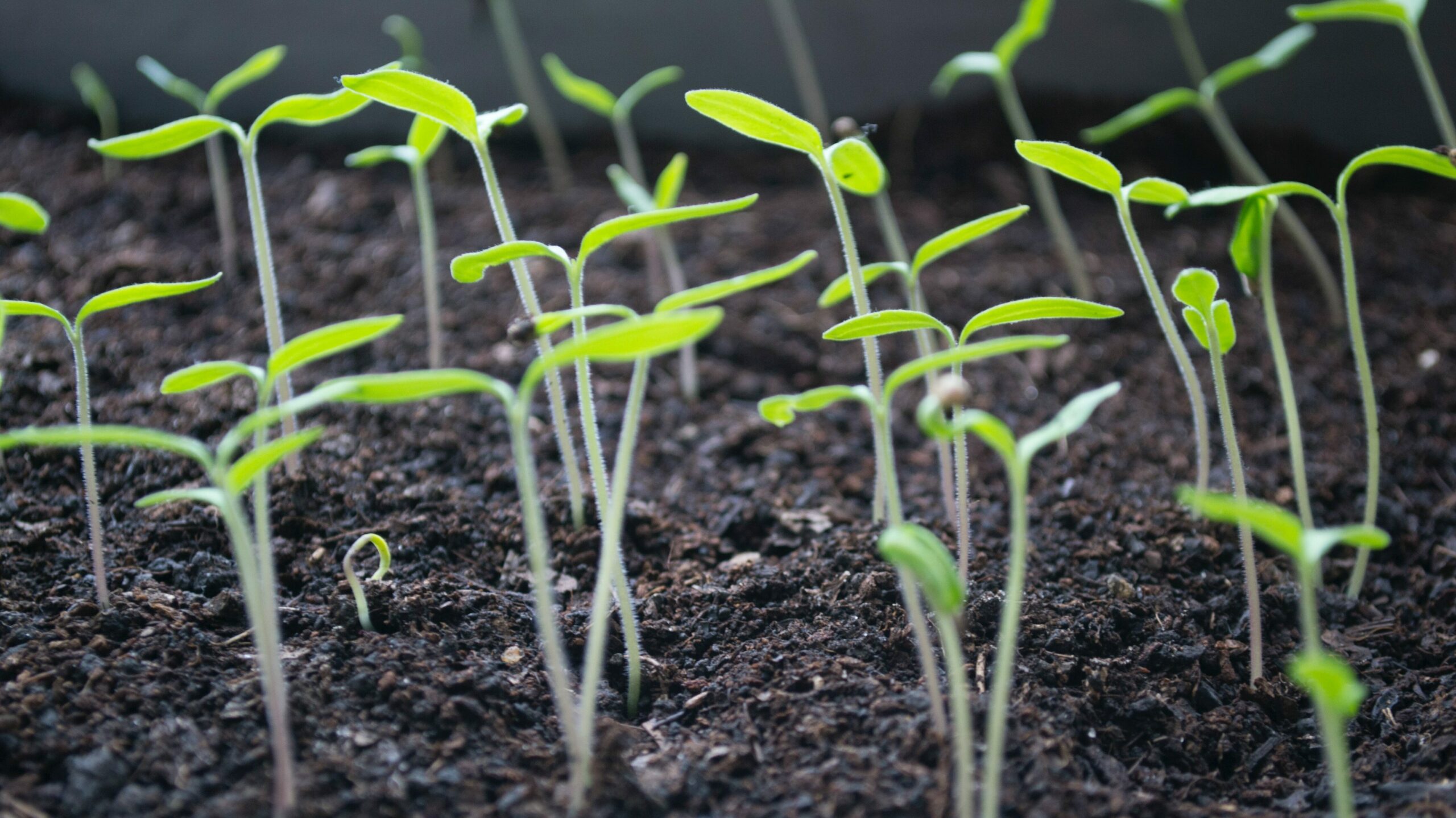
Work together on a tangible and hands-on experience for early elementary learners with an activity that will help them understand the life cycle of plants, while also teaching responsibility as students care for their seeds and observe the beauty of growth.
Materials:
- Clear plastic cups or small glass jars
- Markers and stickers for decoration
- Assorted seeds (tips: herb and flower seeds are the fastest growing)
- Plant soil
- Water
- A chart or journal for tracking growth
- Magnifying glasses (optional)
Directions:
- Get started: Start with a discussion about how plants grow. Ask students if they have ever seen a seed and what they think happens to it in the ground.
- Build the Sprout House: Give each student a clear plastic cup or jar. Let students decorate their Sprout House with markers and stickers. They should also label their container with their name and the type of seed they’ve chosen.
- Plant seeds: Fill cups with soil, then have students carefully plant their seeds.
- Observe & Track: Place all the Sprout Houses in a sunny spot in the classroom. Each day, your young learners can:
- Check the moisture level and dampen soil if needed.
- Observe any changes in their seeds and make drawings or notes in their growth chart or journal.
- Use magnifying glasses to observe tiny details, such as the first root or shoot emerging.
- Discuss: Every few days, have a class discussion where students can share their observations. Once most of the seeds have sprouted, talk about the next stages of a plant’s life.
Mid-Afternoon: Explore Our World

As the day progresses, it’s time for Social Studies. Introduce the kids to some of the most fascinating places and events around the globe — both past and present. Traverse some of the world’s tallest mountains with a tour of the Andes. Uncover the past and help students see how artifacts tell us about ancient civilizations with an archaeological tour.
Mix it up on different days by sprinkling in some interactive activities with Britannica Fundamentals “Explore” path. Here, kids can look up different biomes around the world, including tundra, deciduous forest, and deserts. Not only will this teach them new words, but it also opens their minds to important and diverse landscapes.
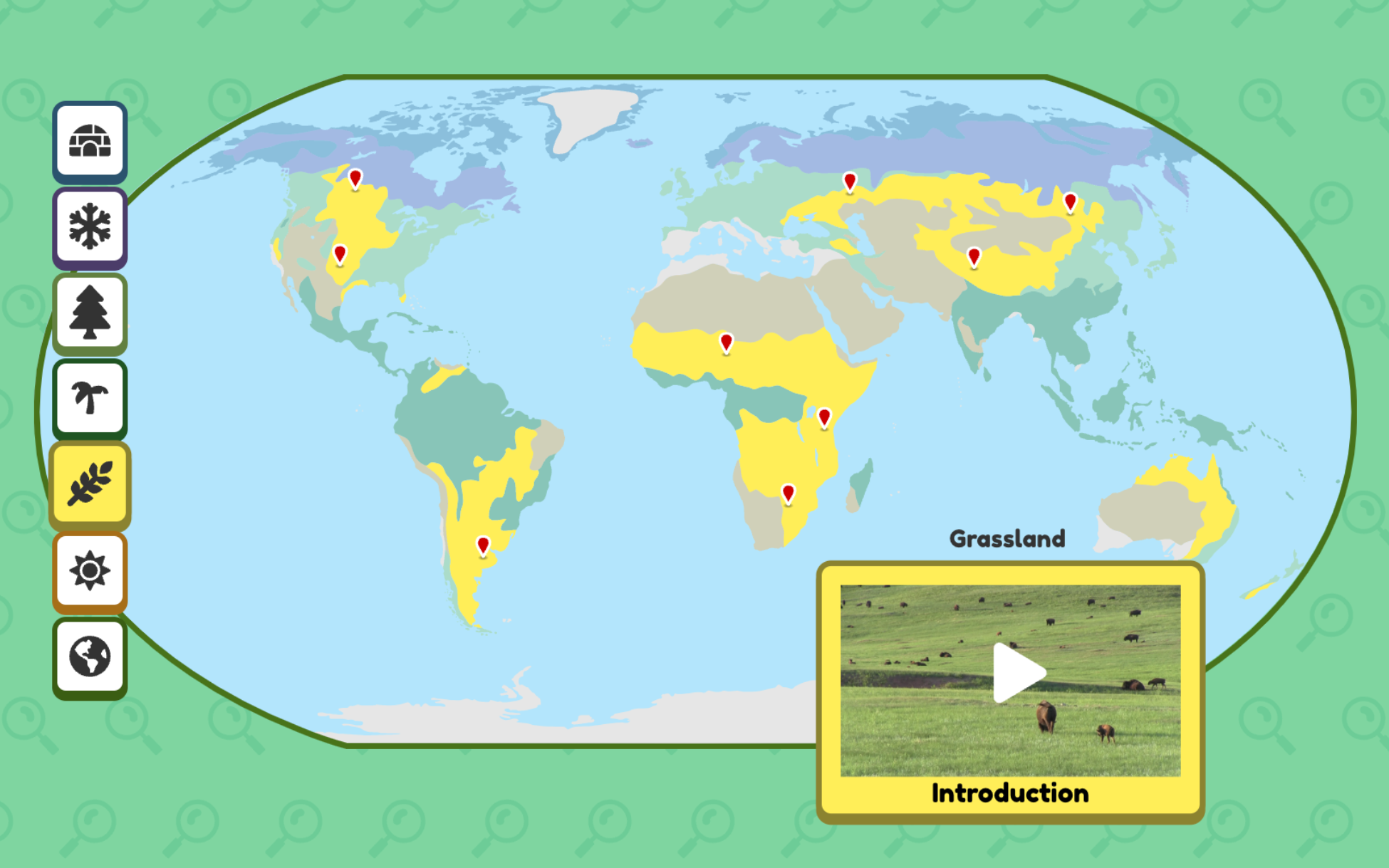
Invite students to learn about where they live using different types of atlases, while developing an understanding of geographical features, landmarks, and the significance of their local area.
Materials:
- A variety of atlases and/or maps — Online mapping tools or apps (like Google Maps) work great, too!
- Blank “My Hometown Atlas” booklets (create from folded construction paper or cardstock)
- Coloring materials (crayons, colored pencils, markers)
- Glue or tape
Directions:
- Introduction: Visit Britannica School together to learn about Atlases. Discuss what an atlas is and how it differs from a single map. Show students various types of atlases and explain the kind of information each one provides.
- Exploration: Using atlases and maps, ask students to identify familiar places, such as their school, parks they’ve visited, and notable places including:
- Natural features (rivers, mountains, lakes, forests)
- Nearby towns and cities
- Important buildings (city hall, museums, historical sites)
- National or state parks
- Major roads and highways
- Creation: Guide the students in creating their own personalized atlases that include what they found above. Encourage them to add pictures and drawings.
- Presentation: Have students present their personalized atlases to the class. They can share interesting facts they’ve learned or places they’d like to visit.
Late Afternoon: Unleash Creativity

It’s time to let their imagination flow with an Art class for the books! As we wind down to our last class of the day, dive into the vibrant world of Britannica Fundamentals “Create” path. Here, every child weaves their unique tales through art and storytelling.
Remember the good old days of playing with the classic Windows “Paint”? Britannica School’s dynamic digital artboard rekindles that magic — with modern enhancements, of course. Plus, you can effortlessly copy and print their fridge-worthy masterpieces.

- After a fun-filled day of learning, have them pick their favorite fact, story, or intriguing tidbit from the day and use it to create their own work of art using the Britannica Fundamentals “Create” artboard. Here, they can express their individuality by crafting their own masterpieces using paint brushes, illustrative tools, and even cute stickers!
- Once their canvas is ready for an audience, let them proudly showcase their creations to the class, sharing the story behind their artwork.
Wrap-Up
After another busy, adventure-filled school day, send your little ones home with powerful knowledge and memorable experiences that help solidify what they learned during each lesson.
With the help of dozens of different topics and subcategories, compelling articles and multimedia, unforgettable activities, and much more, Britannica School Early Elementary has just what you need to spice up each day with something new! Feel free to customize any of these lessons and activities to fit your learners’ interests and abilities and make the most of your time together.
Transform everyday lessons into memorable adventures!
We’ve designed an eye-catching, easy-to-read poster that highlights some of these key activities, perfect for hanging in your classroom or sharing with fellow educators.
The information in this blog was sourced from Britannica School Early Elementary. Not a subscriber? Contact us to learn more.

